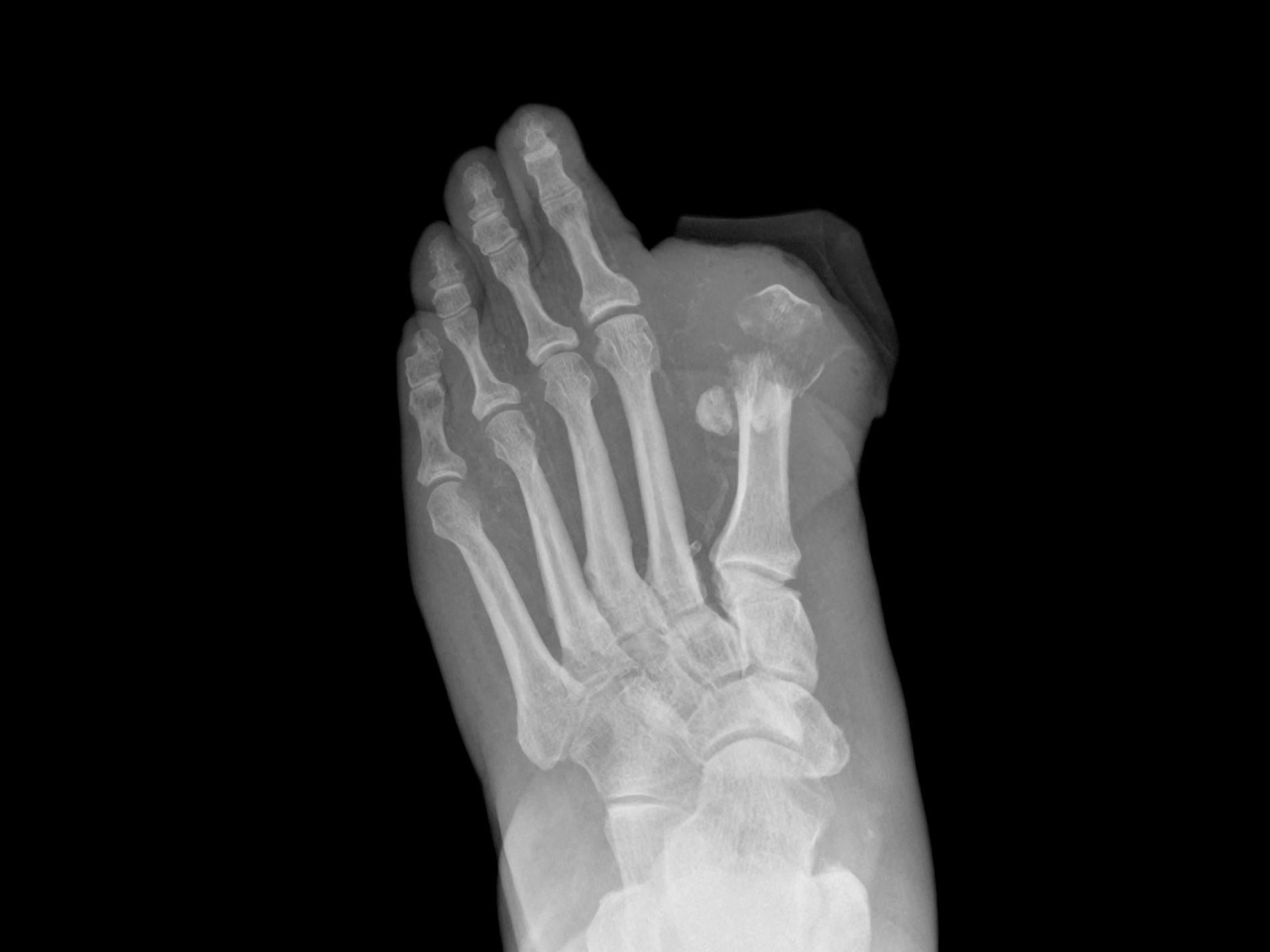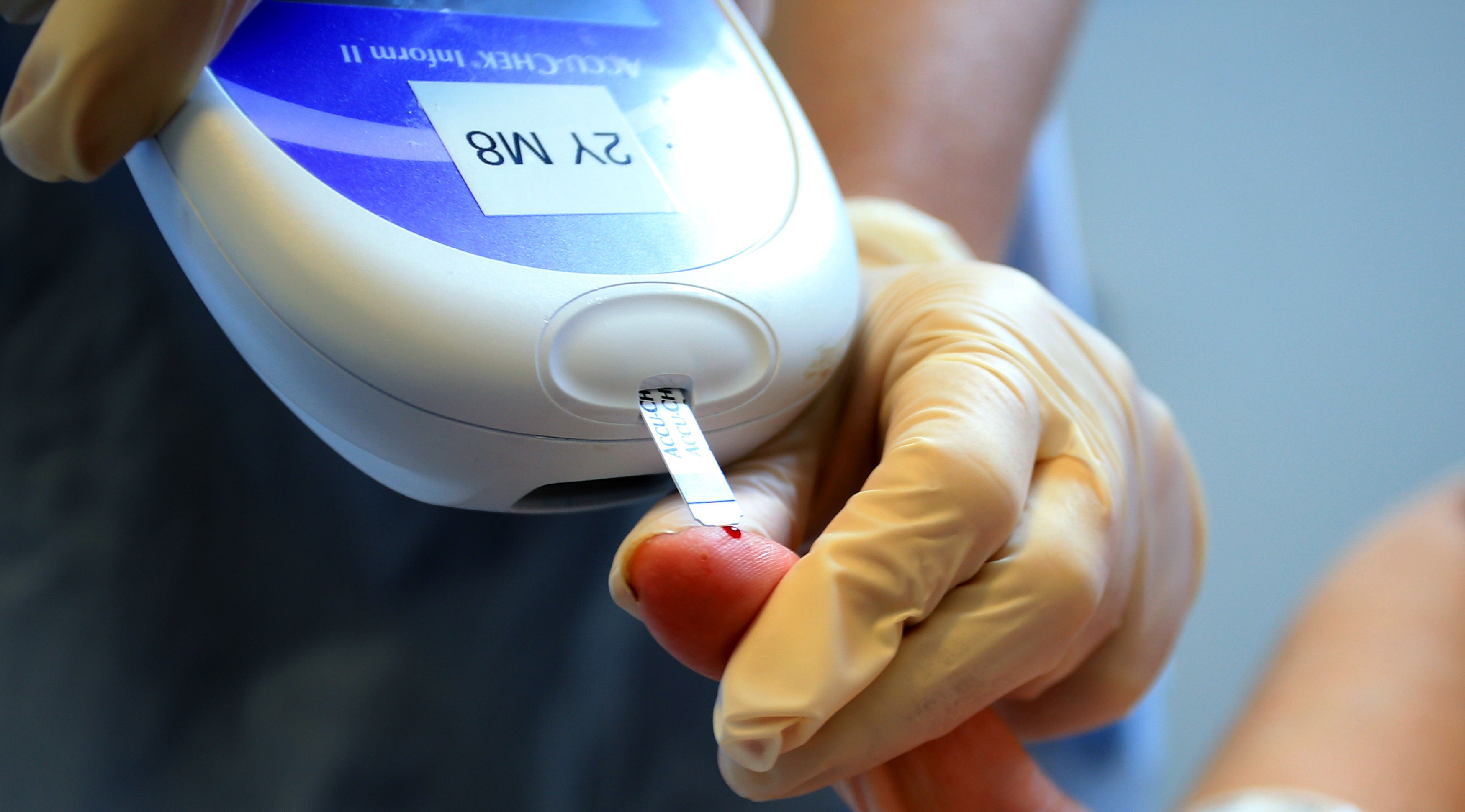Diabetes patients more likely to have feet amputated if they live in poor areas
Many foot-related complications are preventable if identified and treated early

The likelihood that a diabetes patient will need to have a foot amputated differs sharply depending on where they are living in the UK, according to new government health data which reveals thousands of procedures are being carried out each year.
People living in the most deprived areas of the country had a risk of amputation that was between 1.47 and 1.82 times higher compared to the least deprived areas, figures published by the Office for Health Improvement and Disparities from the three years leading up to the pandemic.
Close to 1 per cent of NHS spending goes on health care related to foot disease for patients with diabetes.
But many foot-related complications are preventable if identified and treated early.
Charity Diabetes UK warned there was a “crisis facing diabetes care”.
Over the three-year period of 2017-20, there were 171,759 foot disease-related hospital admissions for patients with diabetes.
Some 97,175 patients had a hospital admission for foot disease and 34 per cent were admitted more than once over the three years.
There were 7,957 major amputations (above the ankle) – equivalent to 8.1 major amputations per 10,000 population with diabetes per year – and 21,738 minor amputations (such as removing dead tissue) – 22.1 per 10,000 population with diabetes per year.
Male patients with diabetes from the most deprived areas aged over 65 or of white ethnicity had the greatest risk of amputation, the data showed.
The guidance from the National Institute for Health and Care Excellence (Nice) suggests foot-related complications can be prevented by speeding up care, including minimising the delay for the first assessment, performing annual foot checks, and educating patients and their families about foot problems and how to seek help.

The data showed that outcomes varied depending on where in the country the patient was based.
The London suburb of Harrow was said to have the lowest rate of amputations, at 3.5 per 10,000 people with diabetes. Blackpool in the north west had the highest at 16.8.
Only the north west had major amputation rates significantly higher than England, while London and the east of England had rates that were significantly lower.
For minor amputations, regions with rates significantly higher than the England average were the south east and south west. The east of England, north east and Yorkshire and north west had rates significantly lower than England.
Diabetes UK said people with Type 1 and Type 2 diabetes were at an increased risk of developing problems in their feet because high blood sugar levels can damage blood vessels, affecting the blood flow to feet and legs.
Foot infections and unhealed ulcers are the primary cause of diabetes-related amputations, with the latter preceding more than 80 per cent of amputations.
Chris Askew, the charity’s CEO, said the majority of major amputations were preventable, “but many people living with diabetes are struggling to access the care they need - and in areas of higher deprivation, people are experiencing worse outcomes”.
Join our commenting forum
Join thought-provoking conversations, follow other Independent readers and see their replies
Comments

Bookmark popover
Removed from bookmarks